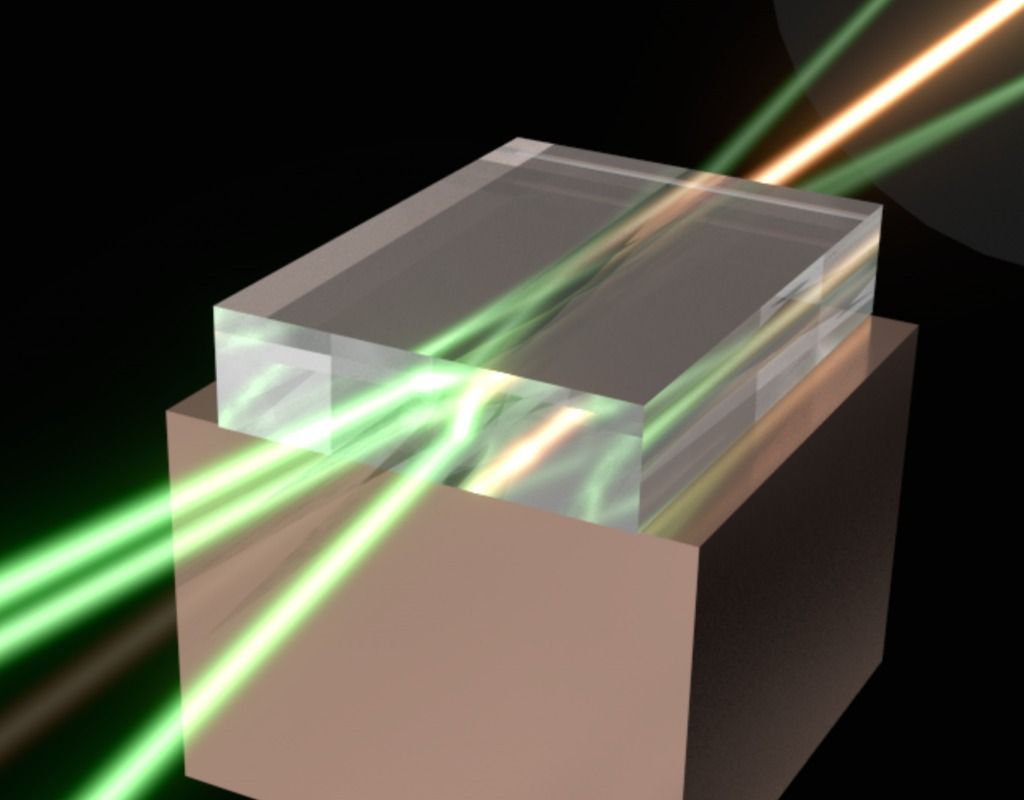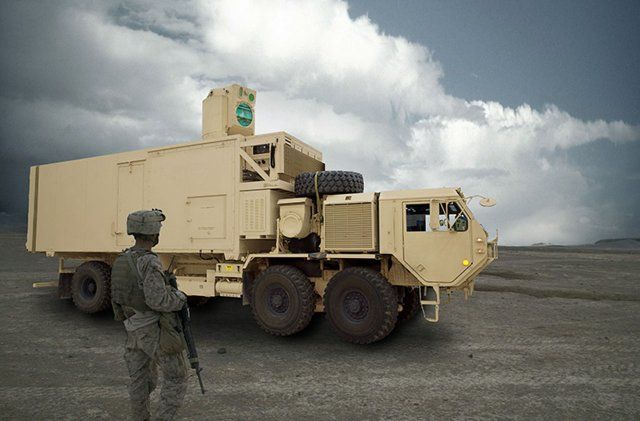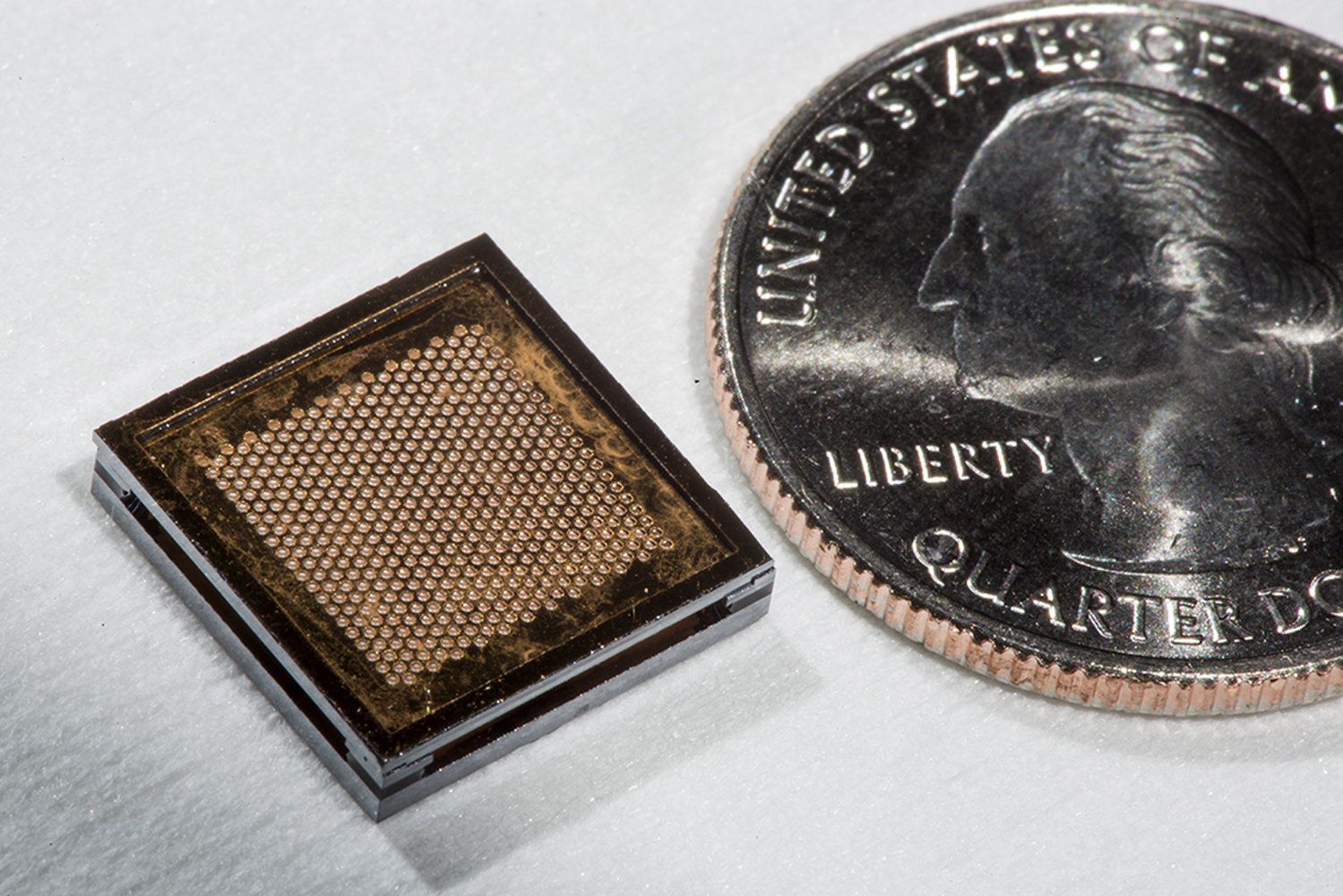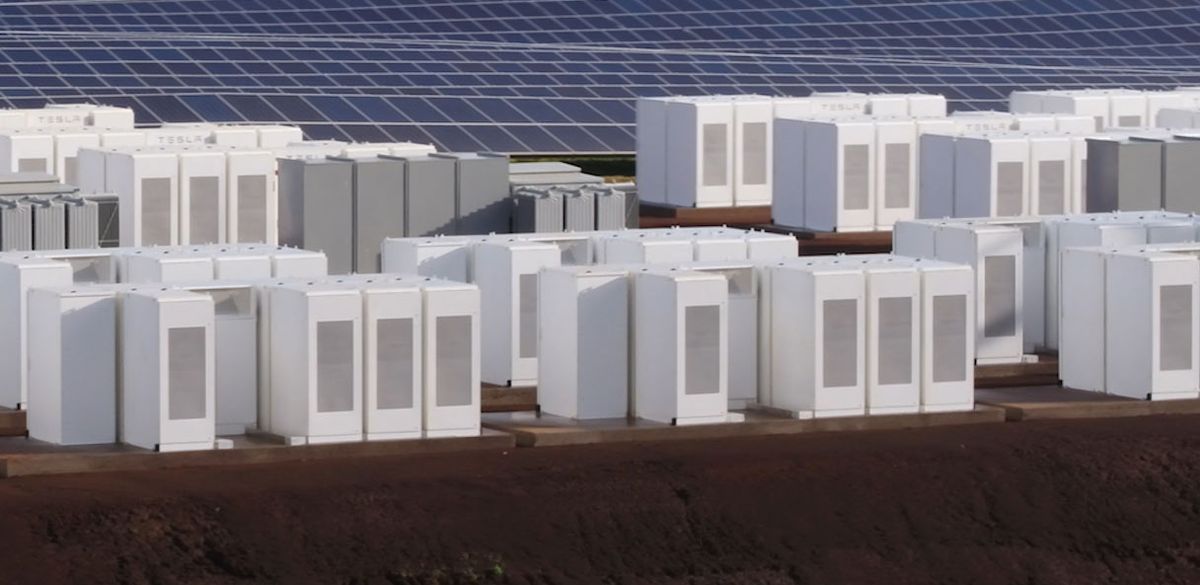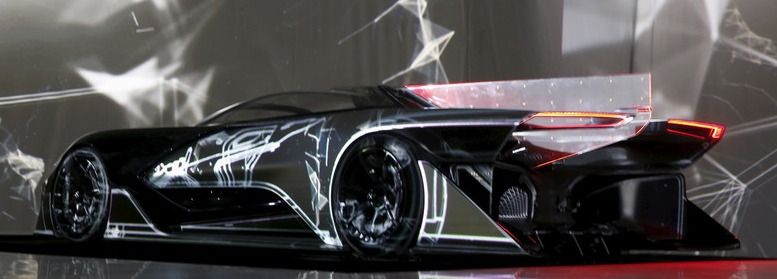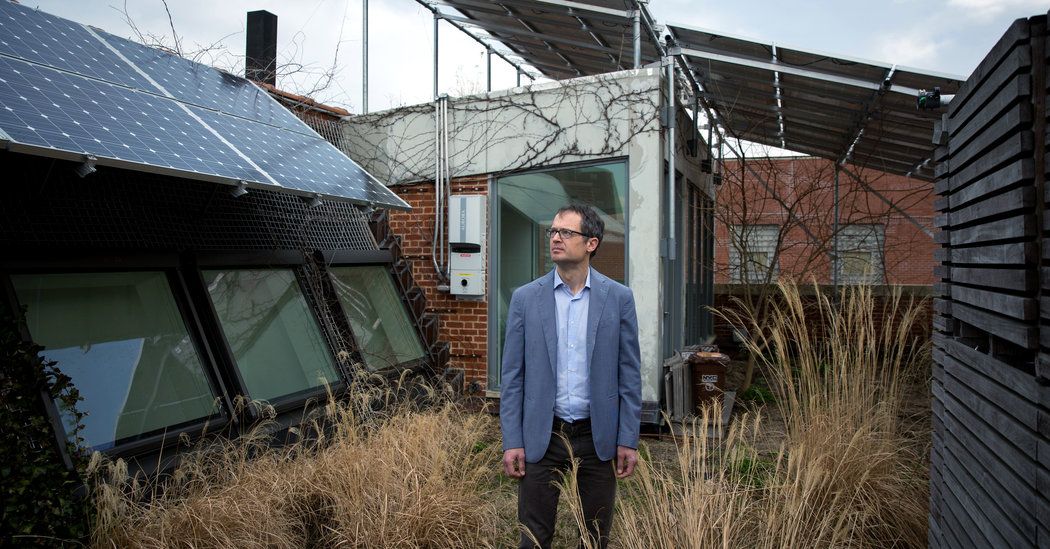Apr 3, 2017
The Star Wars ‘superlaser’ may no longer be sci-fi
Posted by Andreas Matt in category: energy
In a world-leading study researchers at Macquarie University have proven a method for multiplying laser power using diamond, demonstrating that a laser similar to the Star Wars ‘superlaser’ may no longer remain in science fiction.
The research, published in Laser and Photonics Reviews demonstrates a concept – reminiscent of the Star Wars Death Star sci-fi laser – where the power of multiple laser beams is transferred into a single intense output beam that can be directed to the intended target.
This new laser development has real-world and high-stakes applications in which high power lasers are seen as a key tool in areas such as defence.
